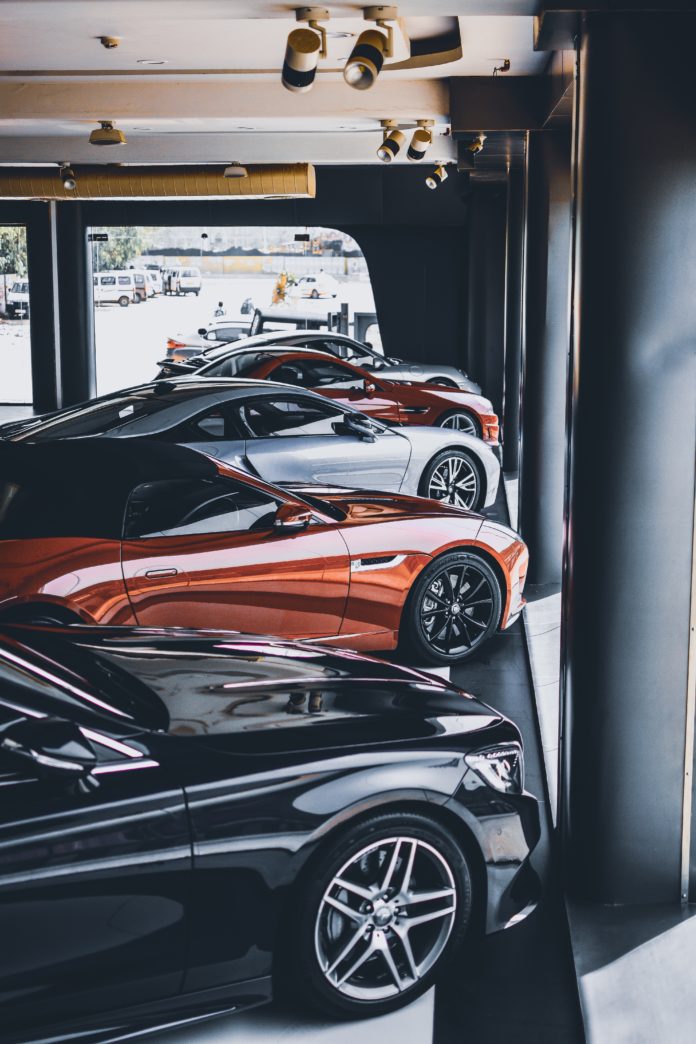
The rise in interest rates, the higher sticker costs thanks to tariffs and the scarcity of good deals on loans have all lead to one new reality: used vehicles are a hot commodity right now. Customers who may no longer be able to afford a $750 a month car payment are seeking used cars in good shape in record numbers. This is good news for dealers who sell pre-owned vehicles.
Used-vehicle sales are becoming a larger part of dealers’ portfolios today, as well. For starters, profit margins are higher on used vehicles. Secondly, growth in new vehicle sales is showing signs of slowing (possibly even of shrinking). Together, these factors mean retailers are increasingly turning to used cars to make money. But the truth is that not all pre-owned vehicles are created equally.
In fact, according to Bloomberg, almost all of the growth in pre-owned vehicle sales has occurred at the ends of the spectrum, with sales of vehicles under four years old up by 2.6 million units in the past four years, and sales of vehicles 17 years and older up by 1.7 million units. For “middle-aged” preowned vehicles, the sales aren’t as strong, though the desire for them is high. Sales of vehicles ages five-to-eight years and nine-to-12 are each down by about 700,000 units. Analysts chalk it up to a lack of supplies.
“The problem is there are none,” Jonathan Smoke, chief economist at Cox Automotive, which owns Kelley Blue Book, Manheim auctions and other brands, told Bloomberg.
These are cars that would have been sold during the Great Recession that began in 2008, a strong feature of which was a slowdown in vehicle production. Now, 10 years later, there is a gaping hole in the supply of vehicles from this era.
There are more than 25 million more vehicles that are four years of age or less than there are vehicles that are five to eight years old, Smoke told Bloomberg. This has made growth difficult for independent vehicle dealers who traditionally specialize in middle-aged cars, or dealers hoping to add more mid-life vehicles to their sales lots.












